-

Audi RS Q8 performance – Drive technologies and driving dynamics Audi RS Q8 performance – Drive technologies and driving dynamics
Audi RS Q8 performance – Drive technologies and driving dynamics
Ready for anything: Eight-cylinder engine in two output levels
The new RS Q8 (combined fuel consumption in l/100 km: 13.6-13.0 (17.7-18.1 US mpg); combined CO2 emissions in g/km: 310-295 (262.3-474.8 g/mi); CO2 class: G) is guaranteed to impress with an output of 441 kW (600 PS) and 800 Nm of torque, which is available between 2,200 and 4,500 rpm.- Available media:
-

-
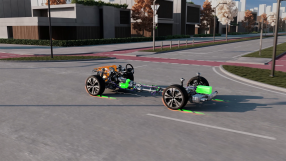
Audi A5 Avant – 2.0 TDI with MHEV plus technology Audi A5 Avant – 2.0 TDI with MHEV plus technology
Audi A5 Avant – 2.0 TDI with MHEV plus technology
The efficient engines in the Audi A5 family cover a wide range, from the conventional entry-level
model to the comfortable long-distance runner and the dynamic sports car. The engine,
transmission, degree of electrification, and drive type packages are geared towards our
customers' expectations.- Available media:
-

-
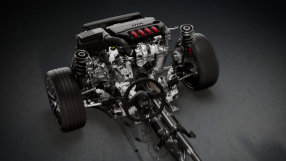
Audi S3 Sedan – Vehicle dynamics Audi S3 Sedan – Vehicle dynamics
Audi S3 Sedan – Vehicle dynamics
This animation shows how in the Audi S3 Sedan the powertrain and the chassis provide first class driving dynamics.
- Available media:
-

-
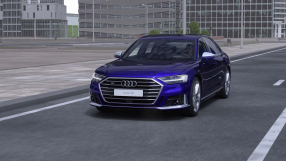
Audi S8 – Cylinder on Demand Audi S8 – Cylinder on Demand
Audi S8 – Cylinder on Demand
The S8, with a power output of 382 kW (520 hp), is the large sports sedan from Audi. Its sonorous 4.0 TFSI accelerates the S8 from 0 to 100 km/h (62.1 mph) in 4.1 seconds. The combined fuel consumption of the S8 is just 9.6 liters per 100 kilometers (24.5 US mpg), and it emits 225 grams CO2 per kilometer (362.1 g/mi). The COD (cylinder on demand) system plays a major role here, too. Active Noise Cancellation (ANC) sends precise phase-cancellation noise into the interior over the sound system’s speakers to compensate for noise generated in the cabin when running on four cylinders.
- Available media:
-

-
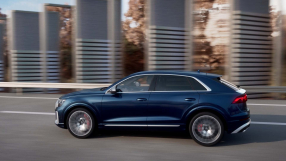
Audi SQ8 – 8-Zylinder-TFSI-Antrieb mit cylinder on demand (COD) und Sportabgasanlage Audi SQ8 – 8-cylinder TFSI engine with cylinder on demand (COD) and sport exhaust system
Audi SQ8 – 8-cylinder TFSI engine with cylinder on demand (COD) and sport exhaust system
As part of the product upgrade, the SQ8 TFSI now runs on the established 4.0 TFSI with 373 kW (507 PS) and 770 Nm of torque with fast- shifting eight-speed tiptronic and quattro permanent all-wheel drive. At low to medium loads and acceleration speeds the cylinder on demand system deactivates cylinders 2, 3, 5, and 8 in the upper gears. The switching process takes just milliseconds and goes virtually unnoticed by the driver. To achieve the sporty sound, there is an exhaust flap on each tailpipe that modulates the sound depending on load and rev speed.
- Available media:
-

-
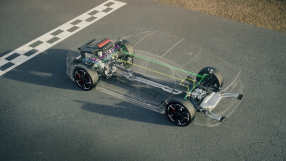
Audi RS 3 – Performance and drive select Audi RS 3 Sedan – Performance and RS drive select modes
Audi RS 3 Sedan – Performance and RS drive select modes
The standard RS sports suspension features newly developed shock absorbers and a valve system both specific to the RS 32. The valves ensure that the shock absorbers exhibit a particularly sensitive response as part of the rebound and compression characteristics. This allows the suspension to respond to the respective driving situation even faster and more effectively.
- Available media:
-


-

Audi RS 3 – Powertrain Audi RS 3 Sedan – Drivetrain
Audi RS 3 Sedan – Drivetrain
With its five-cylinder, high-performance engine, the Audi RS 32 is one-of-a-kind in the segment. The 2.5 TFSI has won the “International Engine of the Year” award nine times in a row. In the latest generation of the compact sports car, the engine is now more powerful than ever before.
- Available media:
-


-
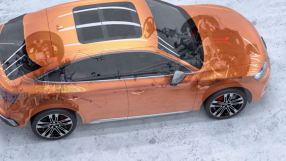
Audi SQ5 – Twindosing-Technology Audi SQ5 Sportback – Twin dosing technology
Audi SQ5 Sportback – Twin dosing technology
For exhaust gas aftertreatment, Audi uses twin-dosing technology based two SCR catalytic converters working together. The first of these is located directly behind the manifold in the exhaust gas system, where it also functions as a particulate filter.
- Available media:
-

-
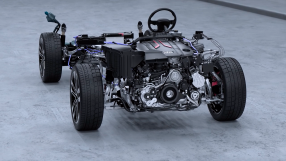
Audi SQ5 – V6 3.0 TDI_en Audi SQ5 Sportback – V6 3.0 TDI
Audi SQ5 Sportback – V6 3.0 TDI
Even sharper, sportier, and more efficient: The optimized Audi SQ5 TDI now looks even more impressive. Its V6 three-liter diesel engine with an output of 251 kW (341 PS) delivers its power smoothly and forcefully. The sharper design underlines the sporty character of the sport SUV. Rear lights featuring the new digital OLED technology are available as an option for the top Q5 model.
- Available media:
-

-

Audi S3 Sedan – 2.0 TFSI Audi S3 Sedan – 2.0 TFSI
Audi S3 Sedan – 2.0 TFSI
With 228 kW (310 PS) of power and 400 Nm (295.0 lb-ft) of torque, the new S3 models are powered by the 2.0 TFSI engine.
- Available media:
-

-
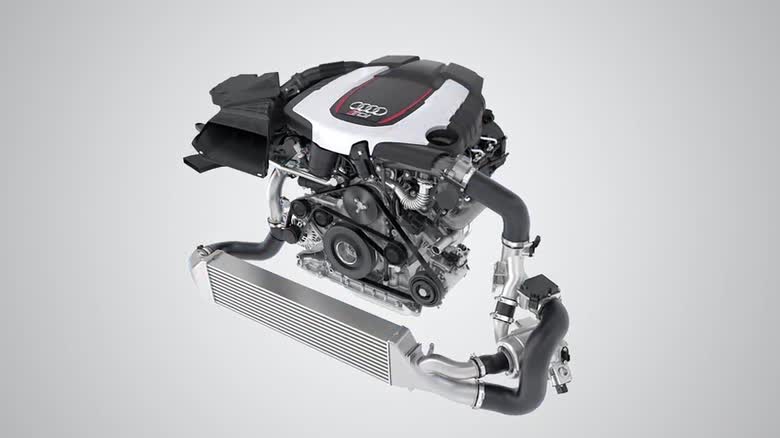
3.0 TDI Biturbo with electrically driven compressor Electric biturbo
Electric biturbo
The TDI engine gets its power from the boost pressure developed by the turbocharger, which is dependent on the energy of the exhaust. The electric biturbo breaks this dependency. Its supplemental electric compressor enables a rapid buildup of boost pressure and high torque even at low engine speeds. 25 years after the invention of the TDI, Audi is now taking the next big step and making the diesel engine even more emotional and sporty.
- Available media:
-

-
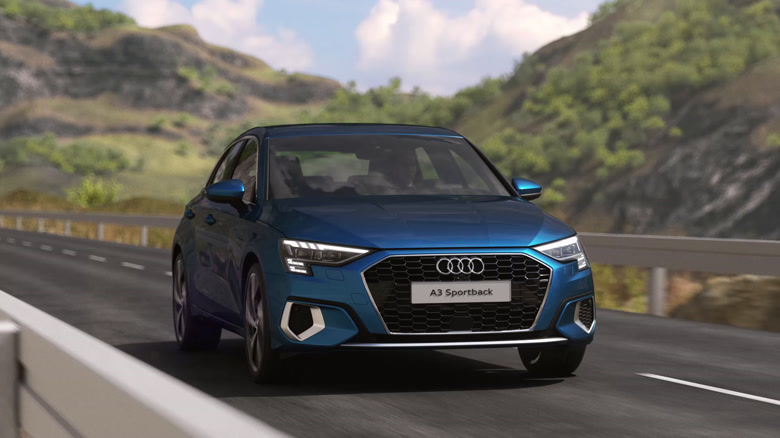
Audi A3 Sportback – Twin dosing Audi A3 Sportback – Twin dosing
Audi A3 Sportback – Twin dosing
In addition, Audi is using an innovative exhaust-gas aftertreatment system in the 2.0 TDI known as twin dosing. By injecting AdBlue into the exhaust system at two separate points connected in series, it enables the injection of urea to be distributed far better and in a way that is appropriate to the situation, reducing nitrogen oxides significantly.
- Available media:
-

-
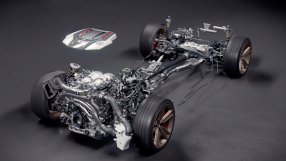
Audi RS 5 Sportback – 2.9 TFSI V6 twin turbo Audi RS 5 Sportback – 2.9 TFSI V6 twin turbo
Audi RS 5 Sportback – 2.9 TFSI V6 twin turbo
Immense pulling power and high output combined with efficiency: Even after the revision, the output of the 2.9 TFSI remains unchanged at 331 kW (450 PS). The V6 twin-turbo delivers between 1,900 and 5,000 rpm; during this process, each charger supplies a cylinder bank with compressed air and 600 Nm (442.5 lb-ft) of torque is supplied to the crankshaft.
- Available media:
-

-
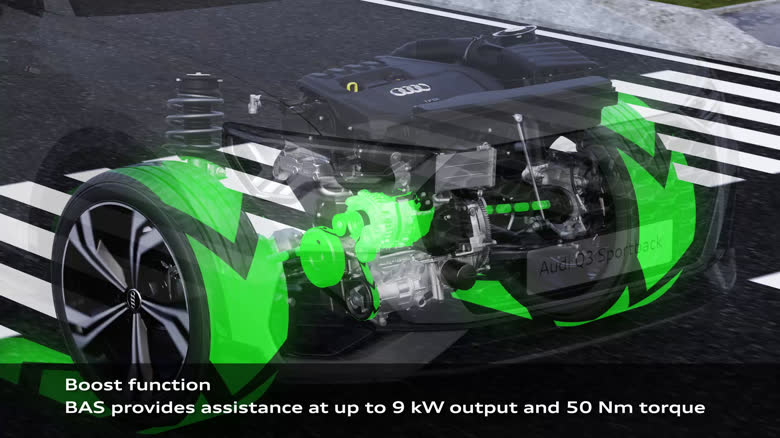
Audi Q3 Sportback – 48V MHEV -
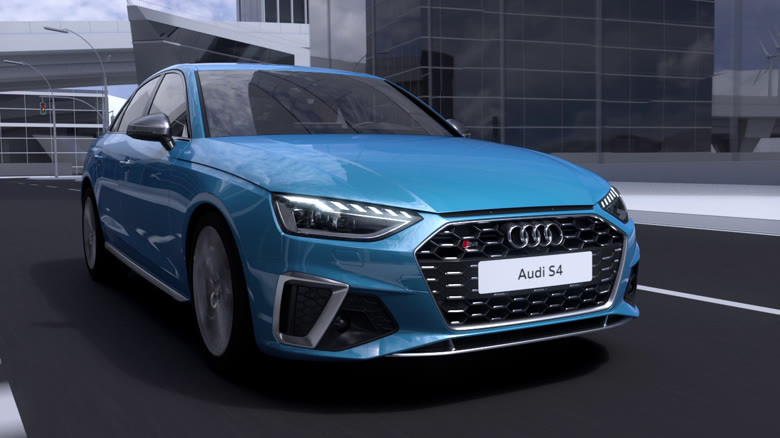
Audi S4 TDI with 48V MHEV Audi S4 TDI with 48 Volt Mild-Hybrid-System
Audi S4 TDI with 48 Volt Mild-Hybrid-System
Both S models of the A4 family – the Audi S4 Sedan TDI (combined fuel consumption
6.3 – 6.2 l/100 km (37.3 - 37.9 US mpg)*; combined CO2 emissions 164 – 163 g/km (263.9 - 262.3 g/mi)* and the S4 Avant TDI (combined fuel consumption 6.3 l/100 km (37.3 US mpg)*; combined CO2 emissions 166 – 165 g/km (267.2 - 265.5 g/mi)* – are now equipped with a V6 diesel engine as a power package.- Available media:
-

-
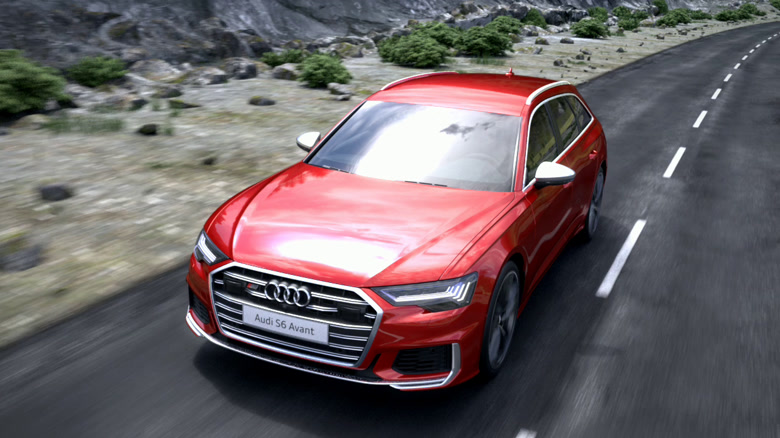
Audi S6 Avant TDI – Drivetrain Audi S6 Avant and S7 with 3.0 V6 TDI
Audi S6 Avant and S7 with 3.0 V6 TDI
This takes the three-liter V6 TDI’s total power output to 257 kW (349 hp). Power transmission is handled by the eight-speed tiptronic automatic transmission, which always operates in tandem with quattro permanent all-wheel drive.
- Available media:
-

-
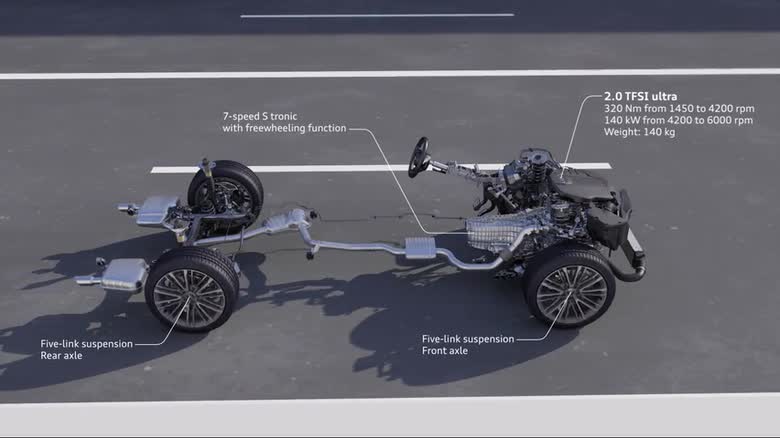
Audi A4 2.0 TFSI ultra Audi A4 – 2.0 TFSI ultra
Audi A4 – 2.0 TFSI ultra
The 2.0 TFSI with a displacement of 1,984 cc is available in the new the Audi A4 ultra and A4 Avant ultra. Its technical refinements are the exhaust manifold integrated into the cylinder head, the rotary-valve model for thermal management, the Audi valve-lift system (AVS) for the intake valves, the electric wastegate of the turbocharger and the dual fuel injection. In partial load, indirect injection in the inlet manifold supplements the FSI direct injection. ection.
- Available media:
-

-
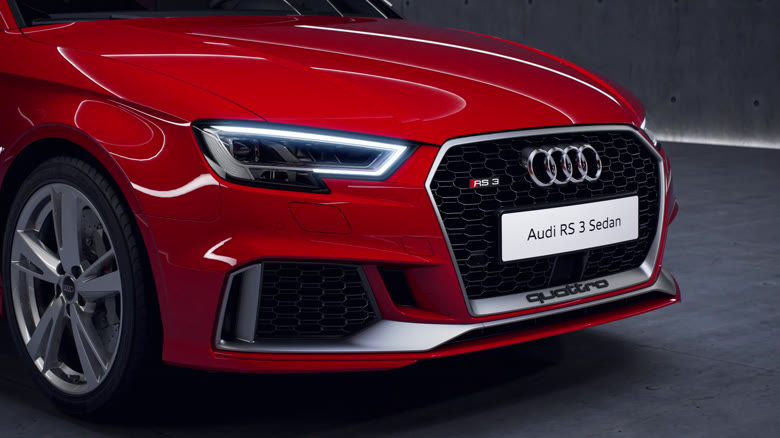
Audi RS 3 Sedan Audi RS 3 Sedan
Audi RS 3 Sedan
Since 2010, the 2.5 TFSI has been voted “International Engine of the Year” in its class for seven consecutive years. Now, Audi presents a new version of the successful power unit. The turbo engine which drives the new RS 3 Sedan* and the facelifted RS 3 Sportback* is the most powerful series-production five-cylinder engine on the world market.
- Available media:
-

-
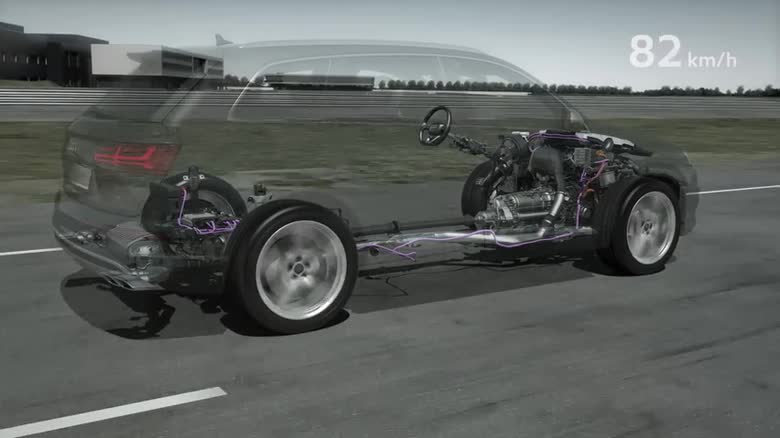
Audi SQ7 TDI – V8 TDI with electric powered compressor and 48 volt electrical subsystem Audi SQ7 TDI – V8 TDI with electric powered compressor and 48 volt electrical subsystem
Audi SQ7 TDI – V8 TDI with electric powered compressor and 48 volt electrical subsystem
The 4.0 TDI has been newly developed from the ground up. It combines best-in-class performance with low consumption and guarantees maximum dynamics. The V8 engine has a displacement of 3,956 cc. The two exhaust-gas turbochargers are activated selectively according to the concept of sequential charging, since exhaust gas only flows through one turbocharger at low and intermediate load. The second turbine is only activated at higher loads. An electric powered compressor (EPC) augments the work of the two turbochargers, particularly in the lower engine speed range, providing for extremely dynamic off-the-line performance.
- Available media:
-

-
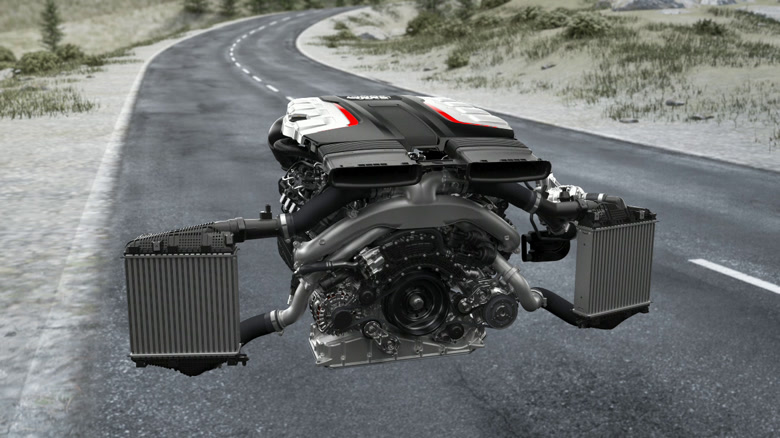
Audi SQ8 – Mild hybrid system with electric powered compressor (EPC) Audi SQ8 – Mild hybrid system with electric powered compressor (EPC)
Audi SQ8 – Mild hybrid system with electric powered compressor (EPC)
An electric powered compressor (EPC) in Audi SQ8 TDI supplements the work of the two turbochargers when starting off and when accelerating at a low engine speed, allowing the V8 TDI to always build up its power spontaneously.
- Available media:
-

-
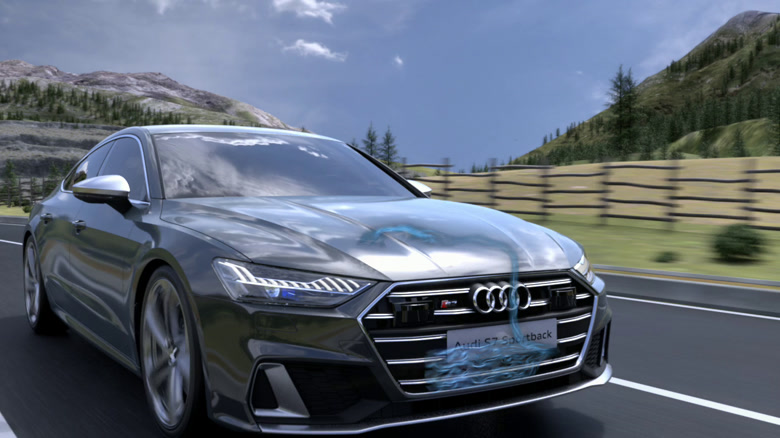
Audi S7 – electrically empowered compressor Audi S6 and S7 as TDI with electrically empowered compressor
Audi S6 and S7 as TDI with electrically empowered compressor
Sportiness meets efficiency – the new Audi S6 and S7 models make their entrance with a torquey V6 TDI engine, offering customers in Europe the ideal performance models for the long haul.
- Available media:
-

-
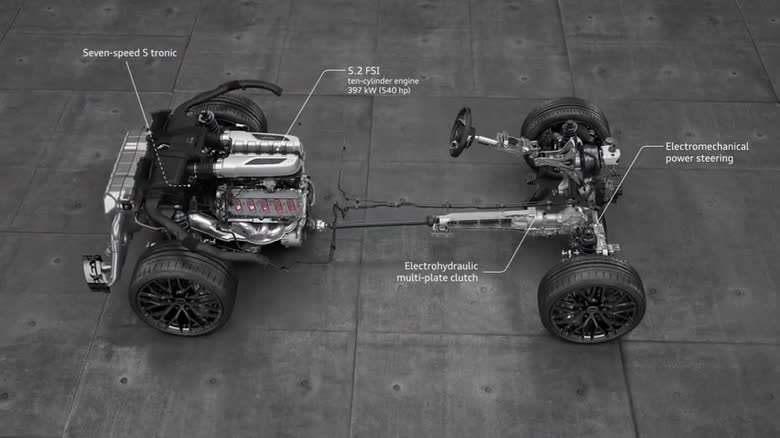
Audi R8 Spyder V10 - drivetrain Audi R8 Spyder V10 – Drivetrain
Audi R8 Spyder V10 – Drivetrain
From 0 to 100 km/h (62.1 mph) in 3.6 seconds, 11.8 seconds for the sprint from 0 to 200 km/h (124.3 mph) and a top speed of 318 km/h (197.6 mph) sum up the dynamic performance of the new Audi R8 Spyder*. It sprints to 100 km/h (62.1 mph) two-tenths of a second faster than its predecessor, reaches the 200 km/h (124.3 mph) mark six-tenths of a second sooner and delivers 7 km/h (4.3 mph) more top speed.
- Available media:
-

-
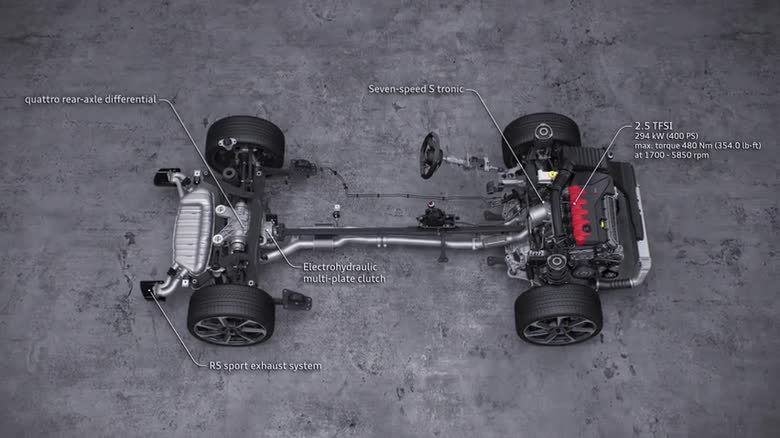
Audi TT RS Coupé and Roadster – 2.5 TFSI, powertrain Audi TT RS Coupé and Roadster – 2.5 TFSI, powertrain
Audi TT RS Coupé and Roadster – 2.5 TFSI, powertrain
The five-cylinder achieves a good 17 percent more output from the unchanged displacement of 2,480 cc – 294 kW (400 hp) means a specific value of 161.3 hp per liter. The maximum torque of 480 Nm (354.0 lb-ft) is available from 1,700 rpm and remains constant up to 5,850 rpm. The new Audi TT RS Coupé thus accelerates from 0 to 100 km/h (62.1 mph) in 3.7 seconds; the Roadster takes 3.9 seconds. Standard top speed is a governed 250 km/h (155.3 mph). Audi will raise the top speed to 280 km/h (174.0 mph) upon request.
- Available media:
-

-
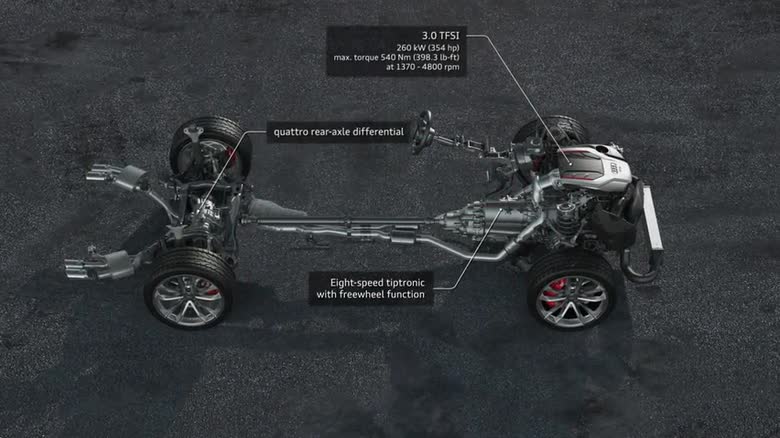
Audi S5 Coupé – 3.0 TFSI, drive train Audi S5 Coupé – 3.0 TFSI
Audi S5 Coupé – 3.0 TFSI
The completely redesigned, turbocharged 3.0 TFSI engine for the Audi S5 Coupé offers powerful performance: high power, ample torque, spontaneous response and a sonorous sound. All of that paired with a new level of efficiency.
- Available media:
-

-
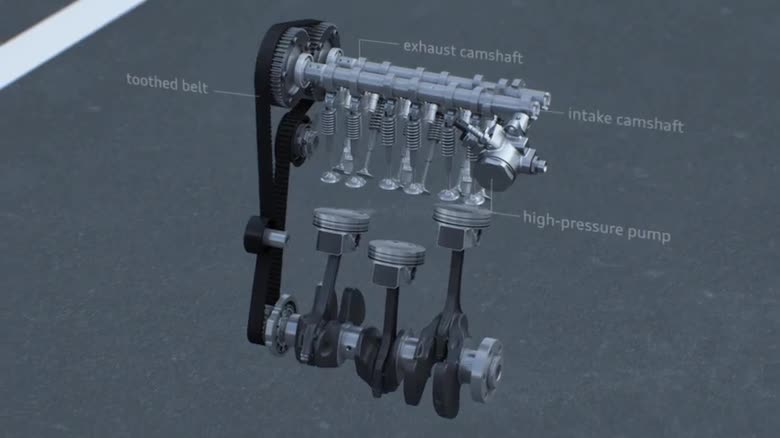
Audi A1 Sportback Audi A1 Sportback
Audi A1 Sportback
A clear sign of the popularity of the Audi A1* and A1 Sportback* is the over 500,000 cars sold since its market launch in 2010. Six engines – gasoline and diesel – are new or have been intensively further developed. For the first time, Audi is offering completely new three-cylinder engines, the 1.0 TFSI and the 1.4 TDI – they are efficient without neglecting driving fun.
- Available media:
-

-
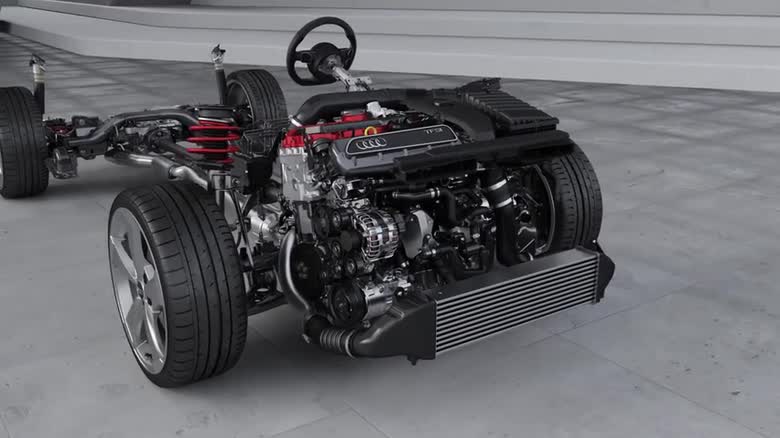
Audi RS 3 Sportback 2.5 TFSI 2.5 TFSI
2.5 TFSI
The multiple award-winning 2.5 TFSI produces 270 kW (367 hp) and 465 Nm (343.0 lb‑ft) of torque in the new RS 3 Sportback. The turbocharged engine accelerates the compact five‑door from 0 to 100 km/h in 4.3 seconds, and top speed can be increased to 280 km/h (174.0 mph) upon request. In the NEDC, it consumes just 8.1 liters of fuel per 100 kilometers (29.0 US mpg), with CO2 emissions of 189 grams per kilometer (304.2 g/mi).
- Available media:
-


-
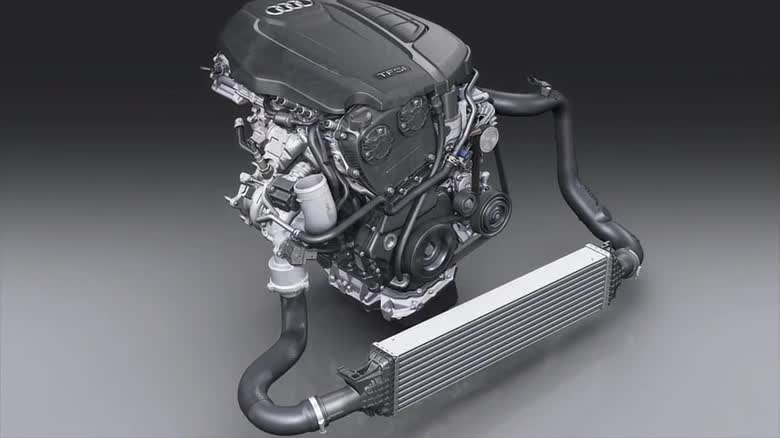
1.8 TFSI 1.8 TFSI
1.8 TFSI
A central innovation in the 1.8 TFSI is the addition of indirect fuel injection. Indirect injection supplements FSI direct fuel injection in the part-load range. This lowers fuel consumption and reduces particulate emissions to within the limits of the future Euro 6 standard. FSI fuel injection is active when starting and at higher loads. The valve control system has been given greater operating freedom. The Audi valvelift system, which adjusts the lift of the valves as needed, is active on the exhaust side; the camshafts can also be adjusted.
- Available media:
-

-
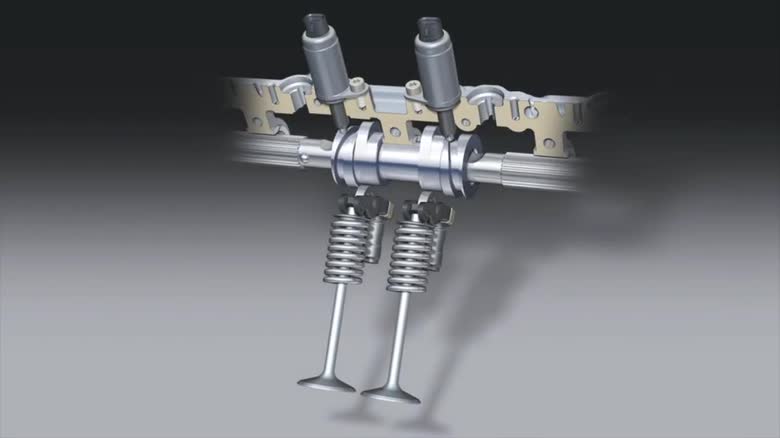
Aud valvelift system Audi valvelift system
Audi valvelift system
The Audi valvelift system, one of the major innovations of the brand with the four rings, regulates the lift of the valves in two stages depending on load and engine speed. The system thus increases torque while also reducing fuel consumption.
- Available media:
-


-
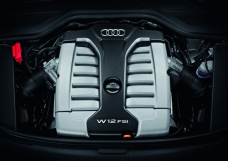
W12
W12
In the A8 L, Audi’s top-of-the-line model, a twelve-cylinder powerplant provides outstanding propulsion. The “W12” abbreviation alludes to the unusual configuration of the 6.3-liter FSI engine: four rows consisting of three cylinders each. Two rows in each case face each other in an offset configuration at a 15-degree angle, collectively forming a single broad bank. Both cylinder banks thus form a 72-degree V configuration.
- Available media:
-

-
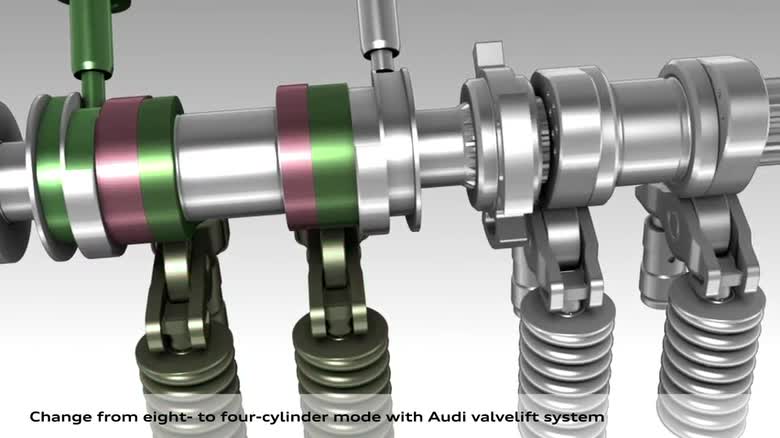
cylinder on demand 4.0 TFSI engine with cylinder on demand
4.0 TFSI engine with cylinder on demand
The new 4.0 TFSI, a powerful V8 with twin turbochargers, is equipped with “cylinder on demand” technology. When operating at part load, four of its cylinders are deactivated. This reduces fuel consumption by an average of five percent. To complement this system there are two further technologies: Active noise control (ANC) and active engine mounts. They ensure that the car’s occupants do not hear or sense any disturbing noise or vibration even if the engine is operating in the four-cylinder mode.
- Available media:
-

-
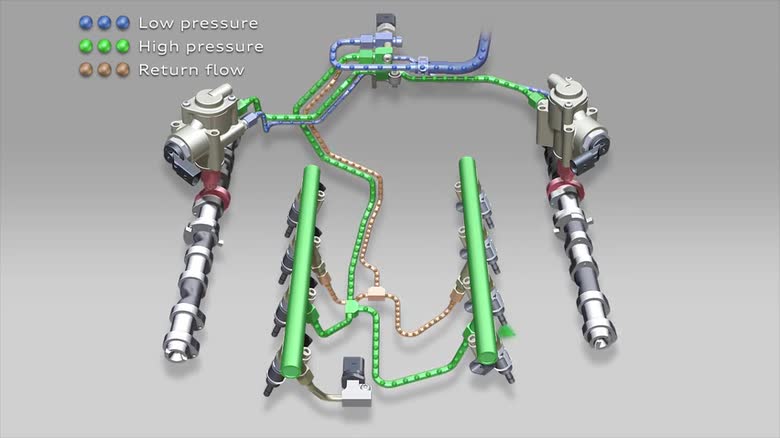
FSI common rail FSI/TFSI principle
FSI/TFSI principle
At Audi, FSI stands for gasoline direct injection, a technology in which fuel is injected directly into the combustion chambers, rather than into the intake manifold in the traditional manner. More favorable in terms of thermodynamics, this method improves the efficiency of the engine. FSI engines achieve higher performance and better dynamics than conventional engines, with better efficiency. Whether they have four, five, six, eight, ten or twelve cylinders, all gasoline engines from Audi today employ the FSI principle.
- Available media:
-


-
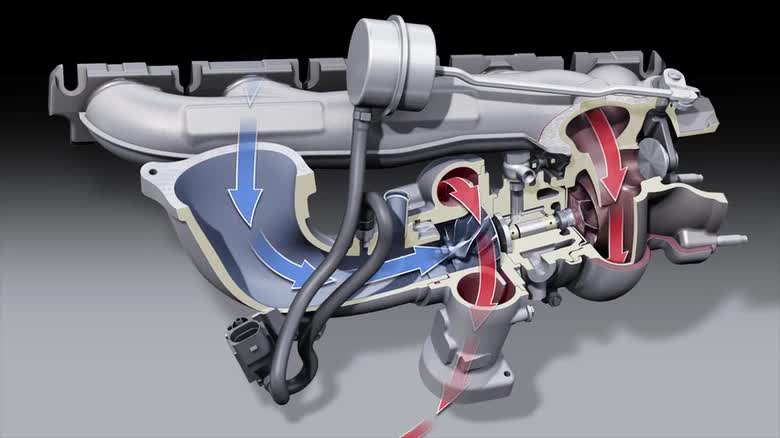
Exhaust turbocharger Exhaust turbocharger
Exhaust turbocharger
Downsizing has a long legacy at Audi – the first turbocharged gasoline engine, a five-cylinder unit, was produced as early as the late 1970s. Today the brand uses a turbocharger on all its four- and five-cylinder engines, both TDI and TFSI units, to increase performance and torque. Certain large V-engines employ two chargers according to the bi-turbo principle.
- Available media:
-

-
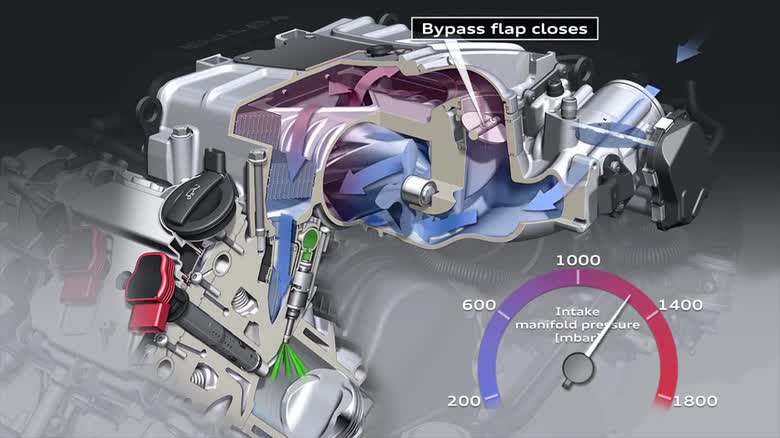
Supercharger Supercharger
Supercharger
Alongside exhaust gas turbochargers, Audi also makes use of superchargers to boost its engines. A supercharger is used in the 3.0 TFSI. The high-efficiency mechanical charger is situated in the 90-degree V formed by the cylinder banks and is driven by the engine via a poly-V belt. The gas pathways downstream of the charger are very short, thus the torque develops quickly and easily. The full boost is available even at idle.
- Available media:
-


-
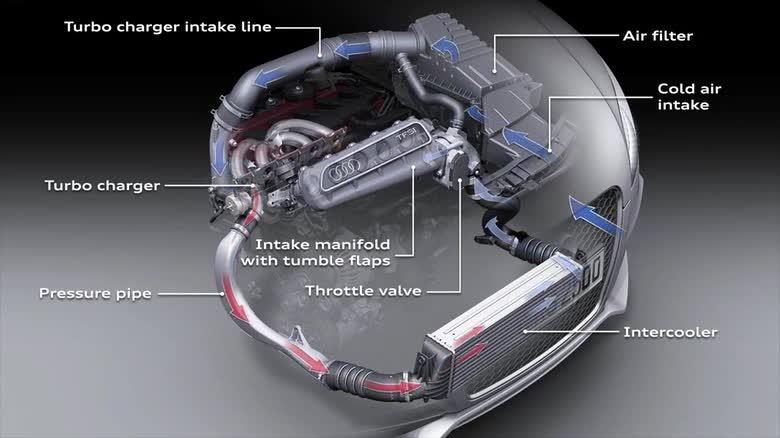
Intercooler Charge-air cooler
Charge-air cooler
As a turbocharger compresses the intake air, it heats up, reaching temperatures between 120 and 150 degrees Celsius (between 248 and 302 degrees Fahrenheit). Hot air has a lower density, however, and thus contains less oxygen for combustion. A charge-air cooler is therefore placed downstream of the turbocharger to cool the compressed air before it enters the combustion chamber.
- Available media:
-


-
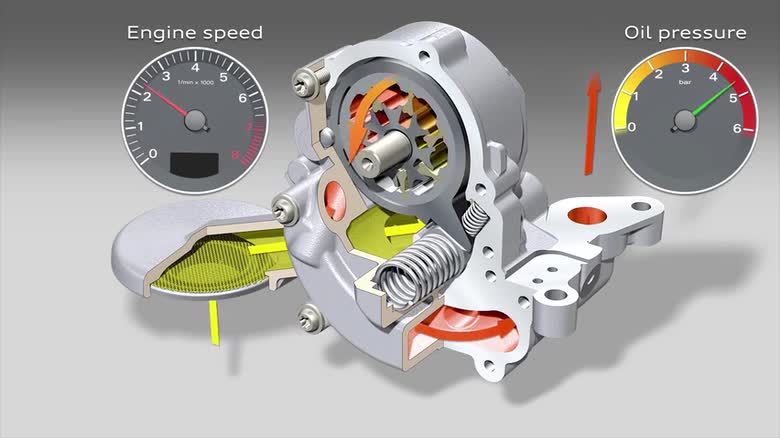
Delivery-on-demand oil pump Demand-controlled oil pump
Demand-controlled
oil pumpThe engine ancillaries offer tremendous potential for efficiency. A new generation of oil pumps, which Audi employs in a number of models, are an important component. Smaller in terms of delivery rate, these volumetric-flow-controlled oil pumps operate only as required, and no longer need to circulate oil continuously.
- Available media:
-


-
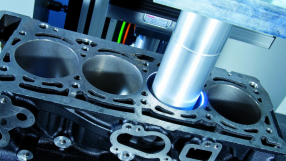
Internal friction
Internal friction
Combustion engines are subject to friction losses, in which a portion of the power disappears in the mechanical interaction of the engine components. The greatest losses occur in the crankshaft – at the pistons with their sealing rings, at the connecting rod bearings and at the main bearings of the crankshaft.
- Available media:
-

-
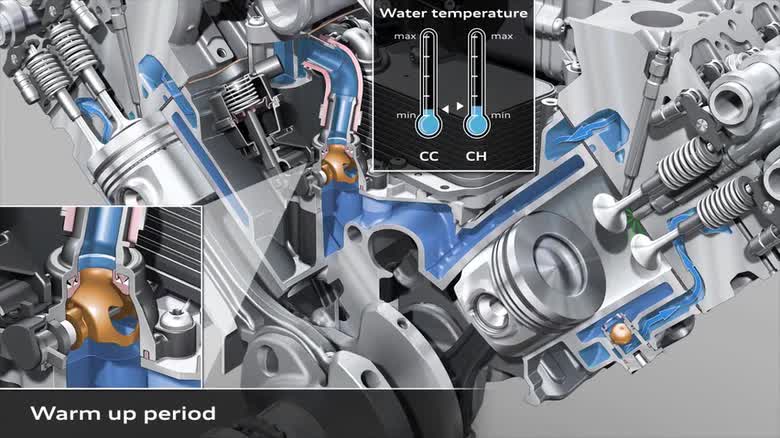
Thermal management Innovative thermal management
Innovative thermal management
The novel thermal management system, an innovation from Audi in many engines, lowers fuel consumption by up to 3 percent. Rather than being circulated, the coolant remains still during the warm-up phase so that the engine oil quickly reaches its operating temperature of between 80 and 120 degrees Celsius (between 176 and 248 degrees Fahrenheit). This significantly shortens the phase of greater frictional resistance due to viscous oil in the crankshaft drive and valve gear.
- Available media:
-

-
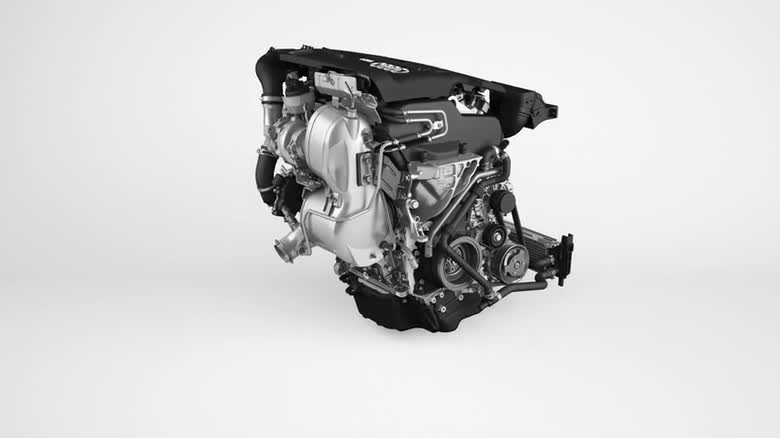
1.4 TDI 2014 1.4 TDI 2014
1.4 TDI 2014
The new 1.4 TDI follows the two-liter four-cylinder engine as the second engine in the Volkswagen Group’s modular diesel engine platform (MDB). The three-cylinder unit is designed as a transverse engine and will enter volume production shortly. It has a displacement of 1,422 cc. The stroke of 95.5 millimeters (3.8 in) is taken from the 2.0 TDI; the bore has been reduced from 81.0 to 79.5 millimeters (3.2 to 3.1 in). Cylinder spacing is 88.0 millimeters (3.5 in).
- Available media:
-

-
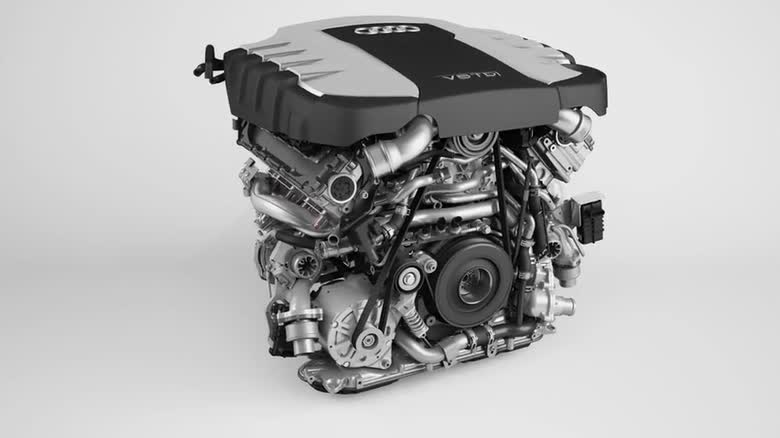
V8 4.2 TDI 2014 V8 4.2 TDI 2014
V8 4.2 TDI 2014
The 4.2 TDI has more torque than any other engine in the Audi lineup. The latest version in the Audi A8 delivers 850 Nm (626.9 lb-ft) between 2,000 and 2,750 revolutions per minute. Its peak output of 283 kW (385 hp) is available at just 3,750 rpm.
- Available media:
-

-
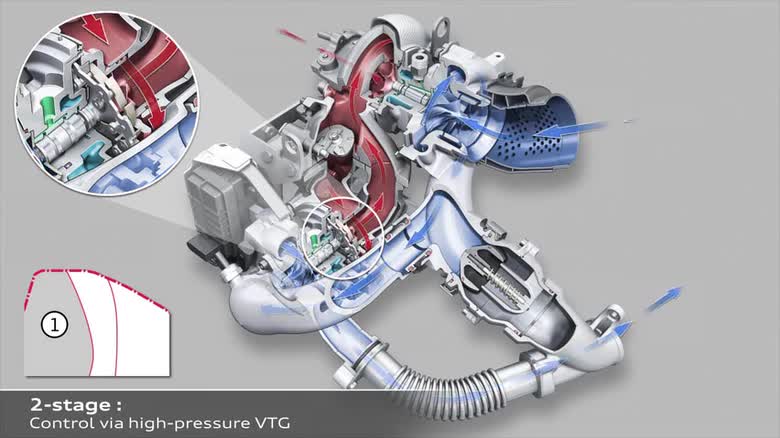
3.0 TDi Biturbo ENG 3.0 TDI Biturbo
3.0 TDI Biturbo
The top version of the 3.0 TDI is a high-performance diesel engine, with which Audi is setting new standards for performance and efficiency. The twin-turbo design features two turbochargers connected in series that both provide thrust.
- Available media:
-

-
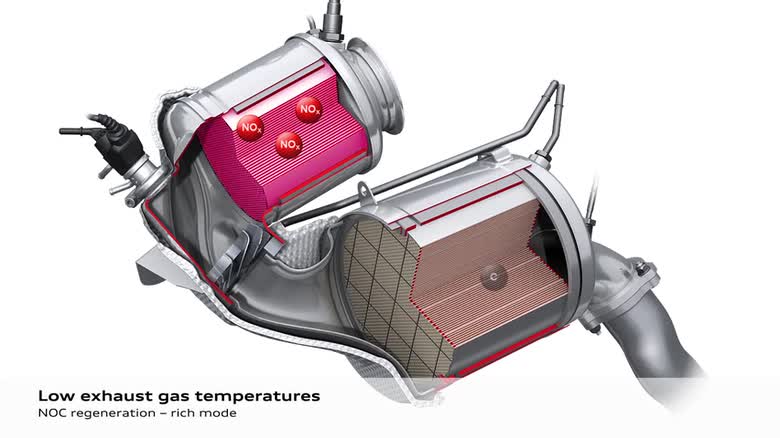
Emissions controls Emissions controls
Emissions controls
In the past, the developers had to design emissions-control components for early response. As the efficiency of the TDI engines increases, exhaust gas temperatures are steadily falling. In the ECE cycle, temperatures measured downstream of the oxidation catalytic converter take 2.5 minutes to reach 150 degrees Celsius. Conversion does not take place below this threshold.
- Available media:
-

-
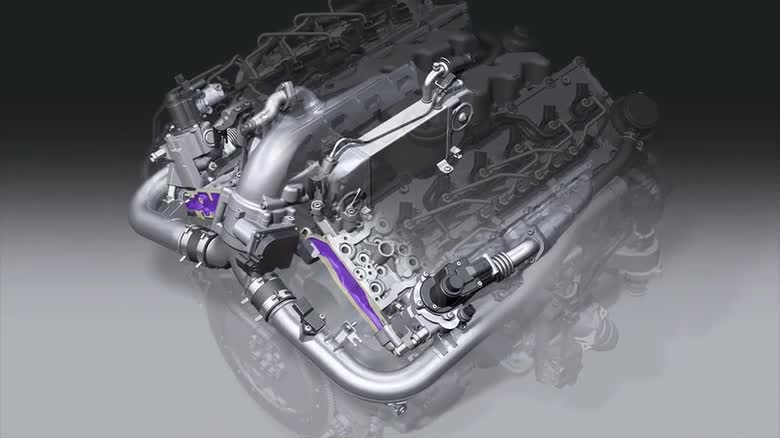
Abgasrückführung ENG Exhaust gas recirculation
Exhaust gas recirculation
In all internal combustion engines, undesirable nitrogen oxides are formed when combustion takes place at high temperatures with excess air. These gases can be largely avoided, however, through the use of exhaust gas recirculation (EGR).
- Available media:
-


-
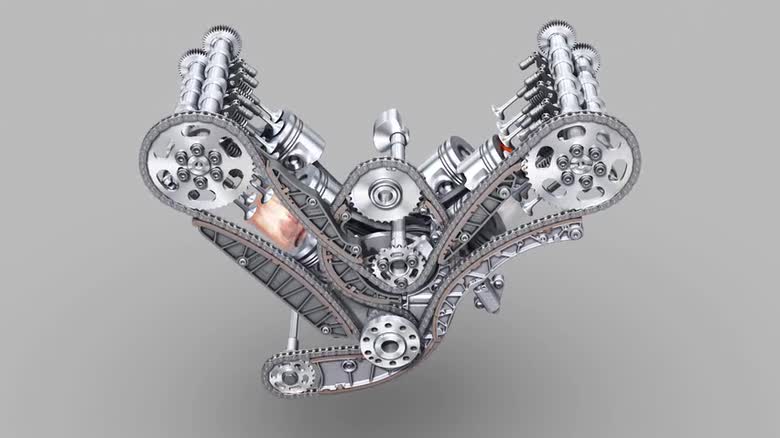
Chain Drive Balance shafts
Balance shafts
In every reciprocating engine, inertial forces and moments of inertia develop due to the oscillating motion of the pistons and connecting rods and the transmission behavior of the crankshaft drive. In some engine configurations, such as the V12 with 60 degrees of crankshaft rotation, these forces balance one another out and thus have no effect on normal driving. In an inline four-cylinder engine, however, free second-order forces of inertia detract from engine smoothness.
- Available media:
-


-
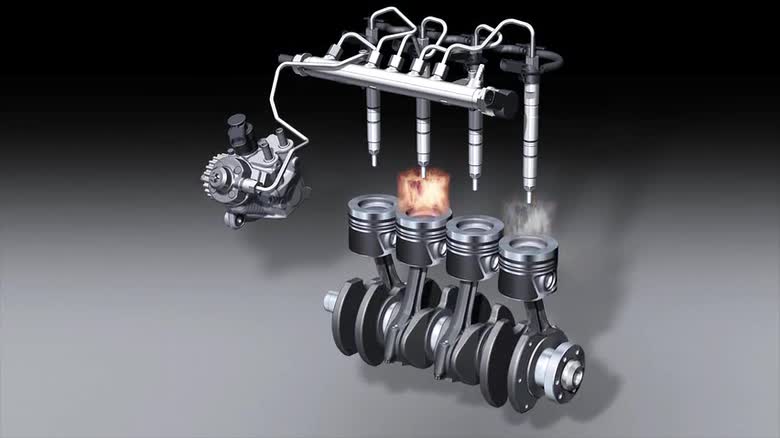
Common rail four-cylinder Common rail
Common rail
For engine design engineers, the “rail” in a common rail system is a tubular high-pressure accumulator that maintains a supply of fuel at a constant high pressure. The rail is fed by a pump driven by the timing gear. The injectors are connected to the common rail by short steel pipes, and opened and closed by electrical impulses.
- Available media:
-


-
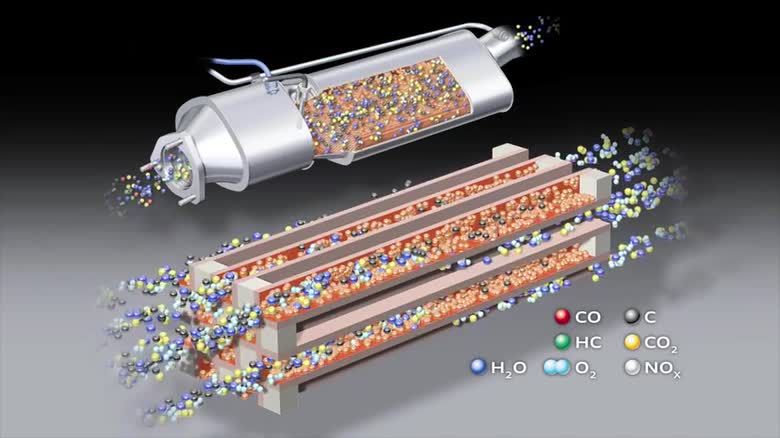
Diesel particulate filter Diesel particulate filter
Diesel particulate filter
When diesel oil is burned in an engine, soot particles are formed in the combustion chamber in certain operating areas. To eliminate these particles, Audi uses diesel particulate filters – closed-circuit systems with an efficiency of more than 95 percent.
- Available media:
-


-
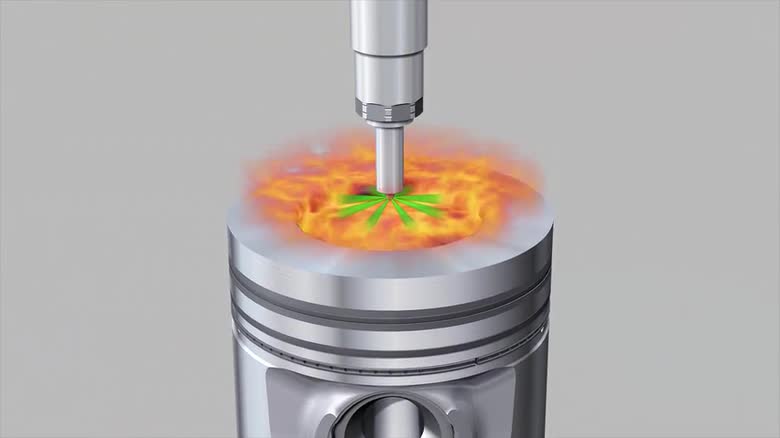
Fuel-injection prozess Multi-hole nozzles
Multi-hole nozzles
Audi common rail systems are components of fascinating precision that inject tiny amounts of fuel into the combustion chambers. The fuel is released from the nozzles at pressures of up to 2,000 bar (29,008 psi) and at several times the speed of sound. In some engines, Audi uses piezo injectors with eight-hole nozzles, with each hole only 0.12 millimeters (0.0047 in) in diameter.
- Available media:
-


-
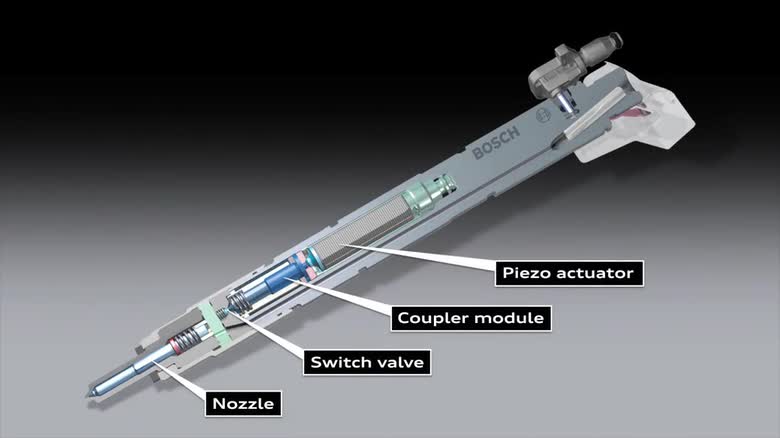
piezo injectors Piezo injectors
Piezo injectors
The piezo principle is an ideal complement for common rail fuel injection. Piezo crystals change their structure in a few thousandths of a second by expanding slightly when an electrical voltage is applied to them. Several hundred piezo wafers are stacked one above the other in the injector. As this stack expands, linear movement takes place and is transmitted directly to the injector needle, with no mechanical linkage in between.
- Available media:
-

-
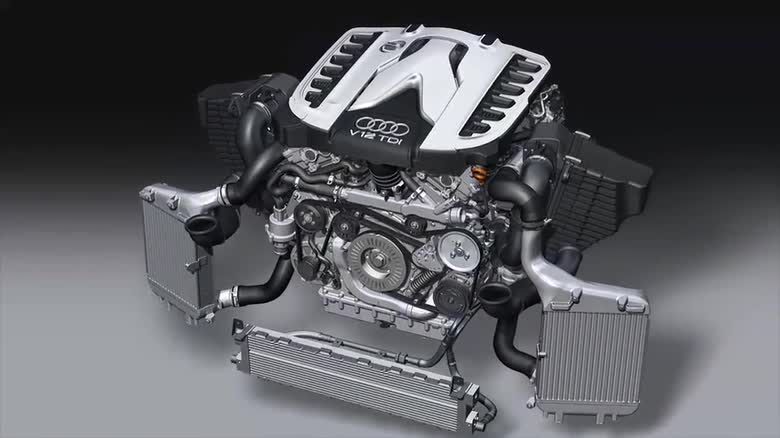
V12 TDI TDI principle
TDI principle
The TDI used in production passenger cars is one of Audi’s groundbreaking innovations. Development of the engine began in the late 1970s, headed by the then Member of the Board of Management for Technical Development Dr. Ferdinand Piëch. In 1989, the direct-injection turbocharged diesel engine with fully electronic control celebrated its premiere in the Audi 100. The 2.5-liter five-cylinder engine set new standards with a power output of 88 kW (120 hp), a peak torque of 265 Nm (195.45 lb-ft) and excellent fuel efficiency. Far superior to all earlier engine concepts, it marked the beginning of a veritable boom in the new technology.
- Available media:
-


-
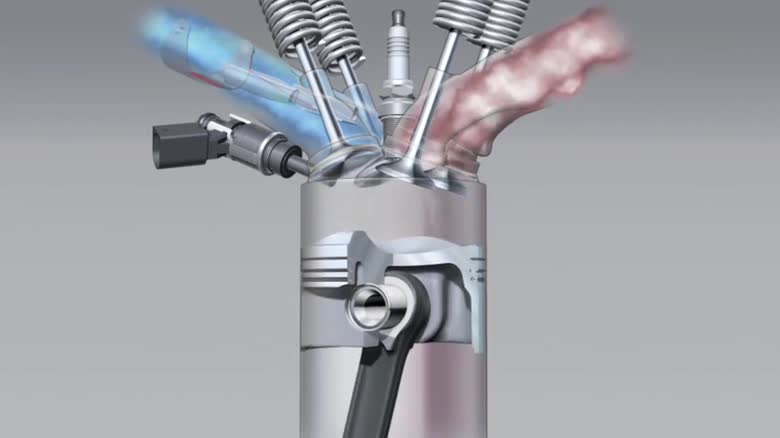
Tumble flaps Tumble flaps
Tumble flaps
In many Audi engines, both TDI and gasoline models, switchable swirl and tumble flaps are housed in the intake area. These flaps allow the intake air to be perfectly modulated for specific loads and engine speeds. This creates a swirling motion that improves the air-fuel mixture and enhances power and torque, while at the same time lowering fuel consumption and decreasing emissions. The flaps are driven with either electric or pneumatic power, depending on their design.
- Available media:
-

-
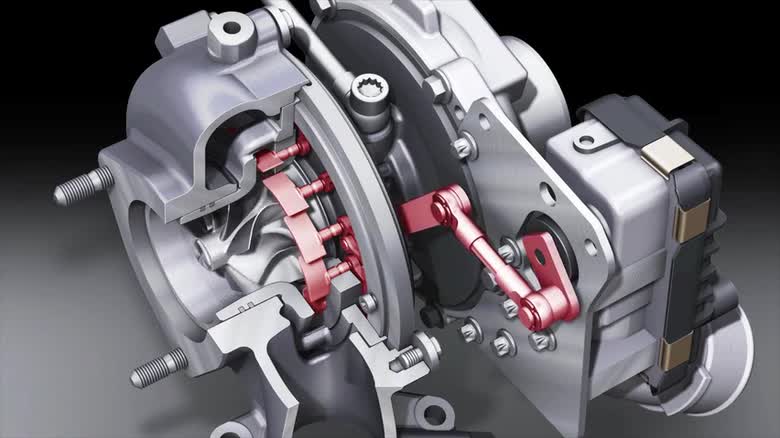
Turbocharger with variable turbine geometry (VTG) Turbochargers with variable turbine geometry (VTG)
Turbochargers with variable turbine geometry (VTG)
In all TDI engines from Audi, the turbochargers have variable turbine geometry on the exhaust side. Variable turbine geometry (VTG) technology builds up torque smoothly and without delay, even at low engine speeds.
- Available media:
-

